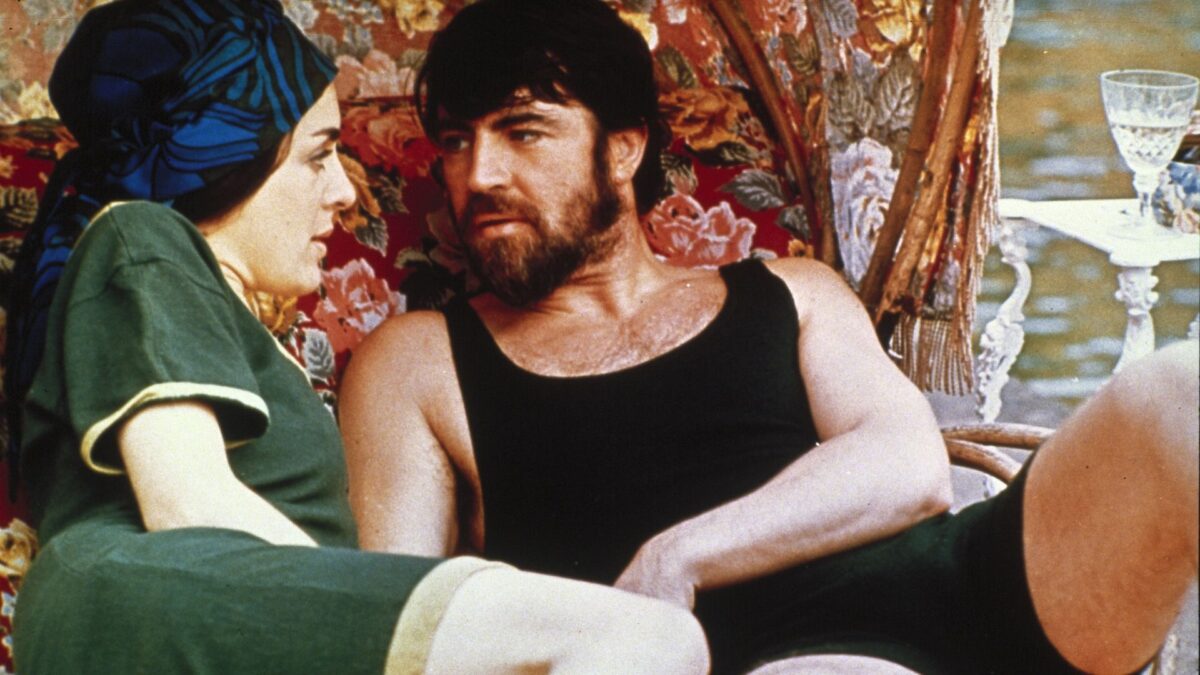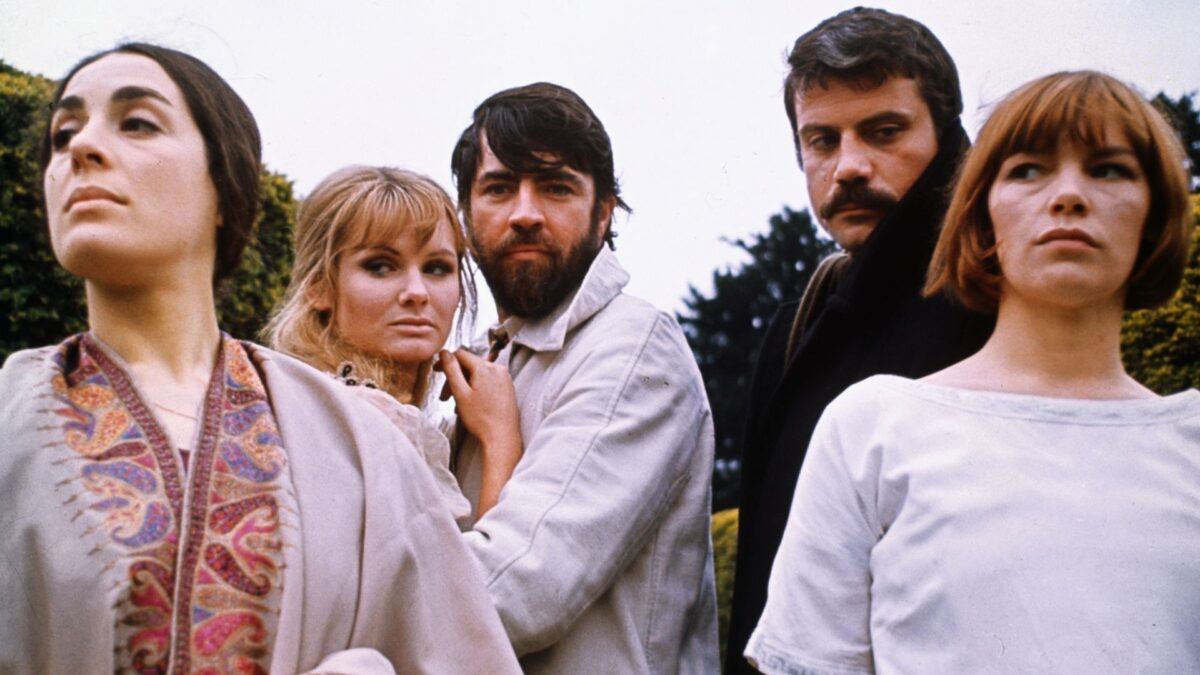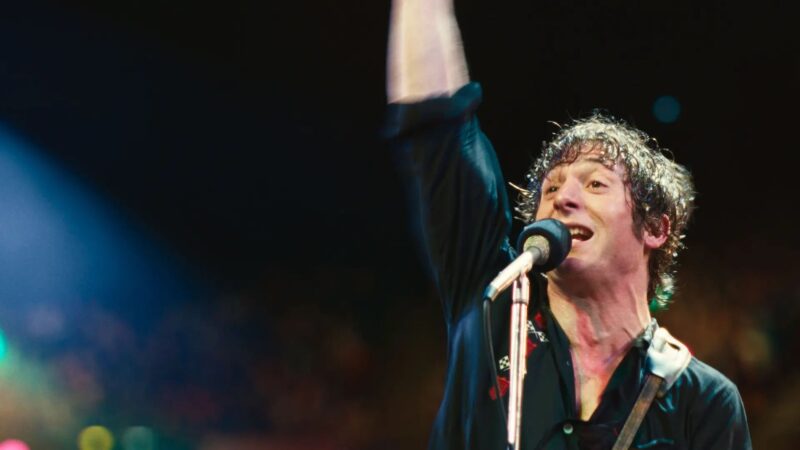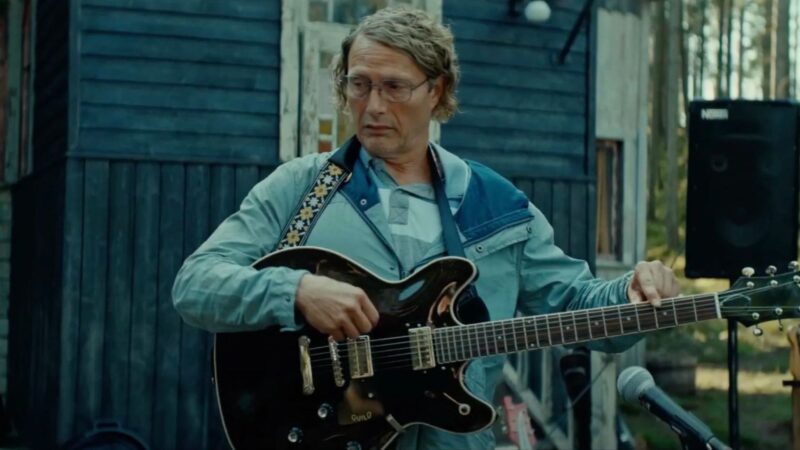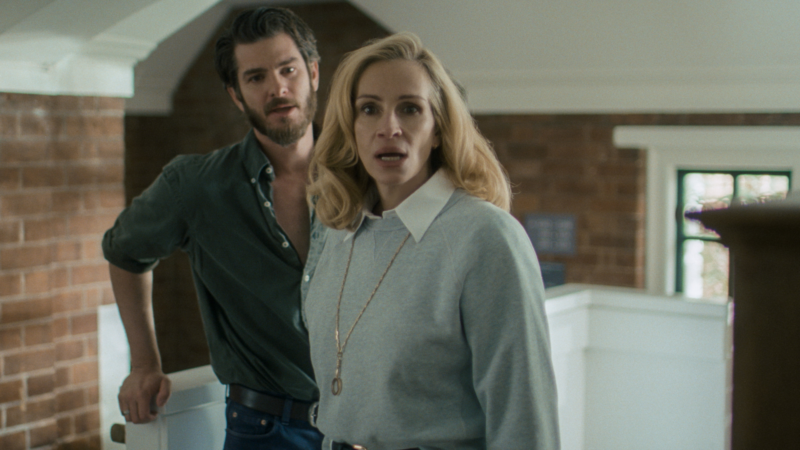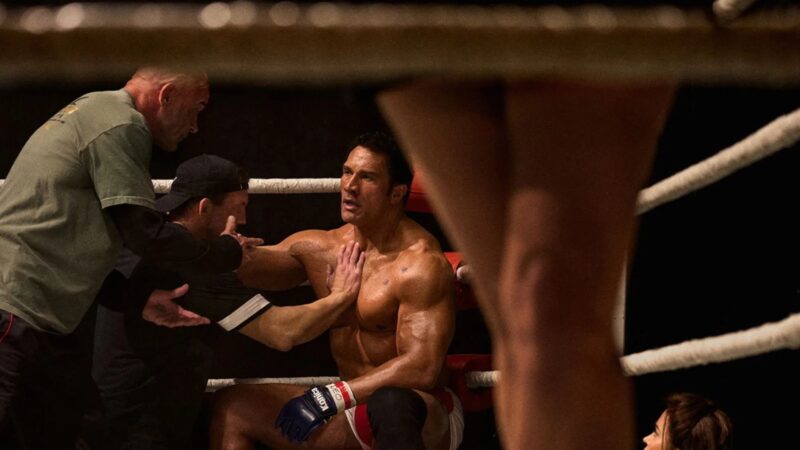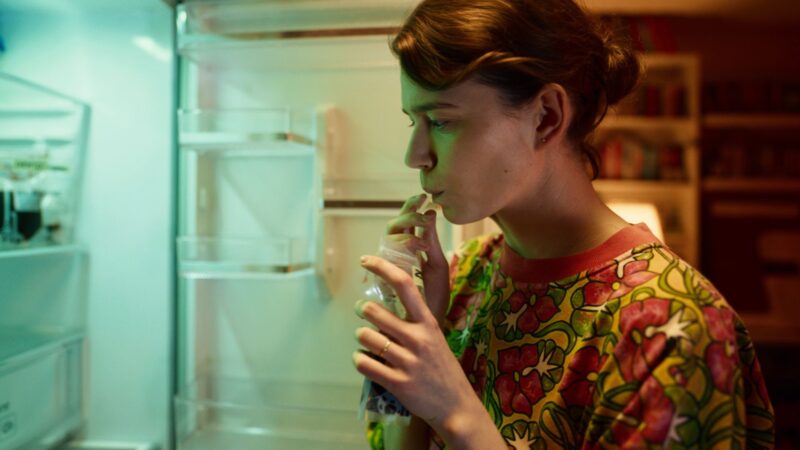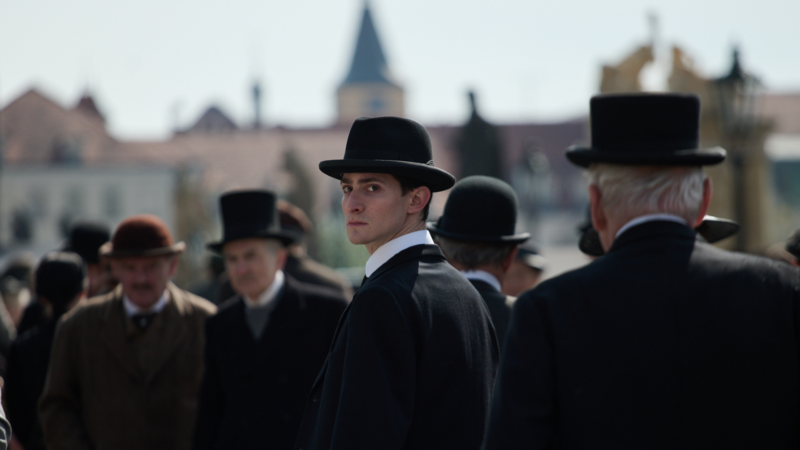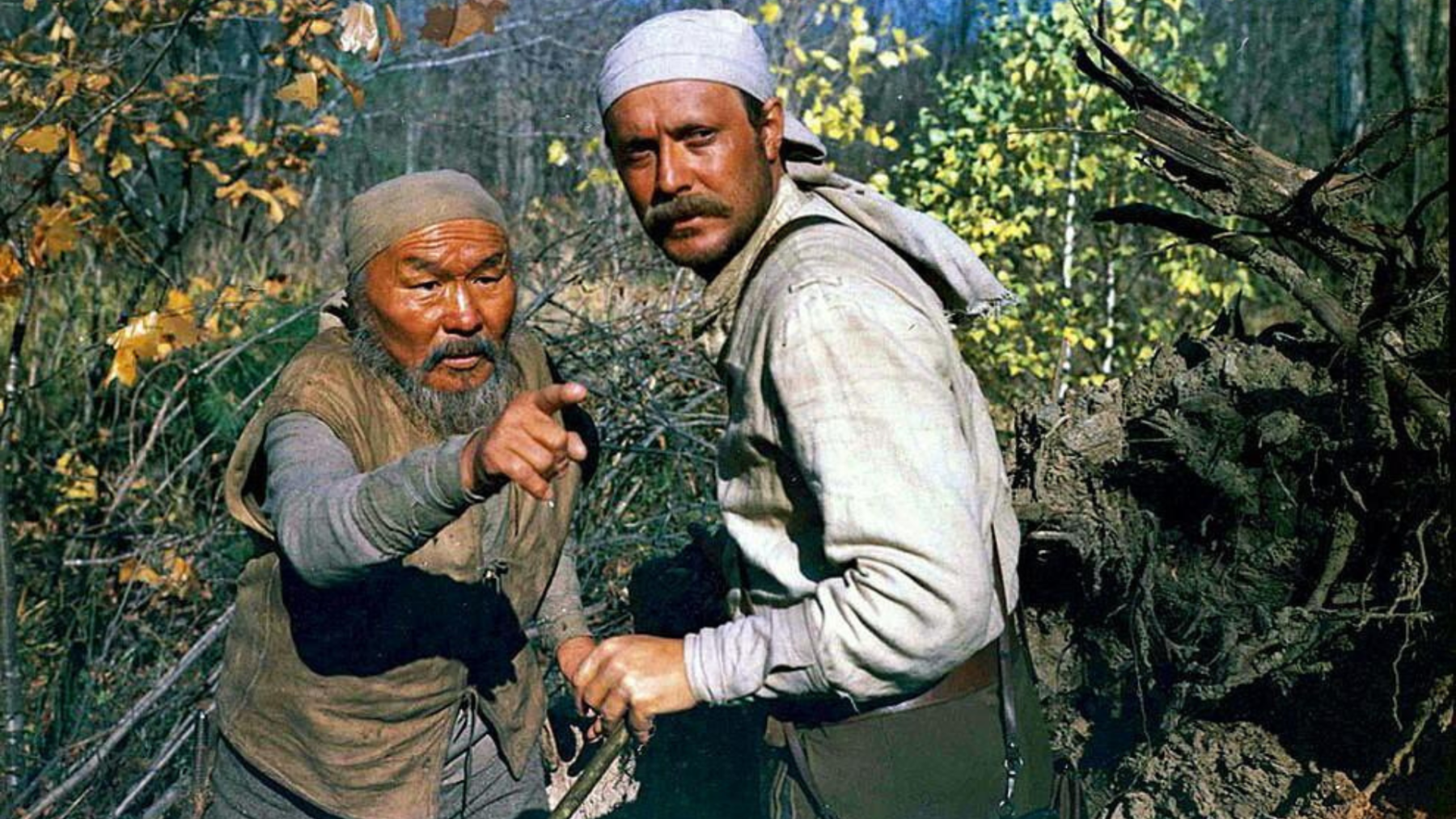Zakochane kobiety
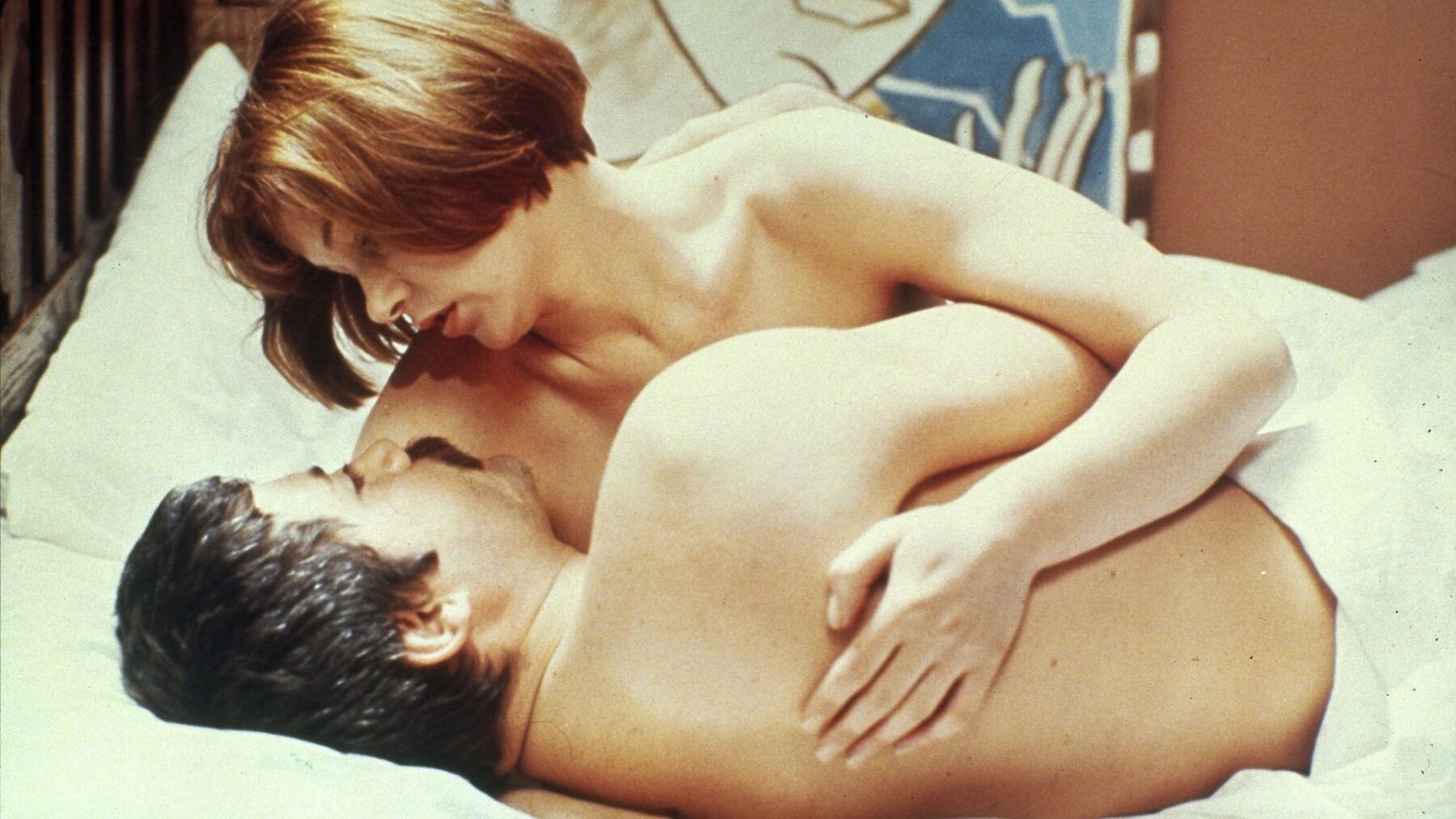
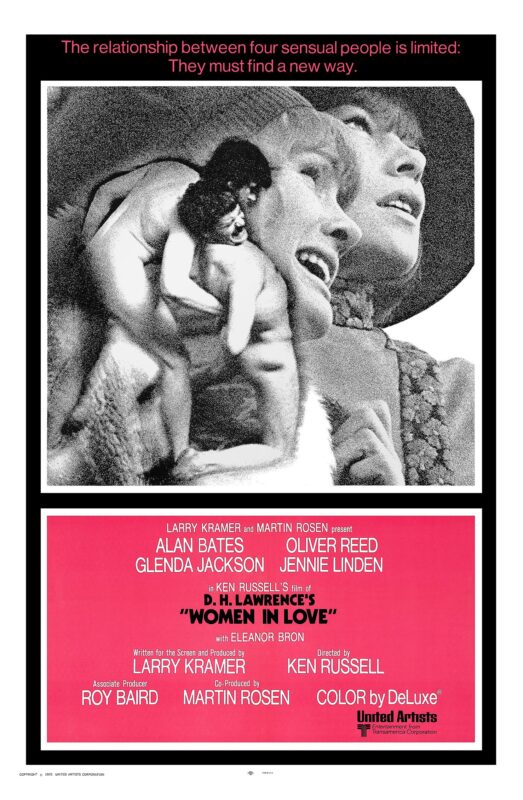
H. Lawrence to jeden z najbardziej prowokacyjnych pisarzy XX-wiecznej literatury angielskiej, więc połączenie jego twórczości z bezkompromisowym stylem filmowym Kena Russella zaowocowało dziełem odważnym i przekraczającym granice. Szczególnie kontrowersyjna okazała się scena nagiej bójki między dwoma głównymi bohaterami. Choć Russell dołączył do projektu dość późno, był to jego pierwszy prawdziwie osobisty film, wnosząc do opowieści o dwóch siostrach i ich miłosnych uwikłaniach, kończących się tragedią, swoją charakterystyczną wizję
Glenda Jackson, nagrodzona za swoją kreację Oskarem, zachwyca jako kąśliwa Gudrun, odrzucająca stereotypowe wzorce kobiecości okresu międzywojennego. Jennie Linden wciela się w jej bardziej wrażliwą siostrę Ursulę. Alan Bates i Oliver Reed tworzą kreacje charyzmatycznych towarzyszy kobiet.
Na szczególną uwagę zasługują wyraziste kostiumy z lat 20. Autorstwa Shirley Russell. Jej projekty nadają strojom charakterystycznym dla epoki nowoczesny rys, pięknie kontrastując z architekturą górniczego miasteczka Midlands, gdzie rozgrywa się akcja. To właśnie zestawienie detali epoki i malowniczej scenerii tworzy urzekające tło dla intelektualnych sporów bohaterów. Film sugestywnie oddaje rozedrganą atmosferę okresu tuż po I wojnie światowej, kiedy kwestie klasowe i moralne wysunęły się na pierwszy plan, a brytyjskie społeczeństwo zaczynało się zmieniać.
EN
H. Lawrence is one of English literature’s most provocative authors of the 20th century so, the combination of his writing and the maverick filmmaking of Ken Russell, this screen adaptation is inevitably a striking and boundary-breaking feature. The nude wrestling scene between the two male leads was particularly controversial.
Though Russell joined the project quite late, this was his first truly personal cinematic work and he brings his unique vision to the powerful tale of two sisters and their romantic entanglements that end in tragedy. Glenda Jackson won an Oscar for her performance as the acerbic Gudrun, who refuses to conform to the feminine stereotypes of the interwar years. Jennie Linden plays her more tender sister Ursula, while Alan Bates and Oliver Reed portray their charismatic male companions.
One of the film’s most striking aspects is the 1920s costumes by the director’s wife Shirley Russell; her incredible designs give the authentic period look a uniquely contemporary twist and stand out against the architecture of the Midlands mining town where the film is set.
This combination of period detail and beautiful scenery provides an attractive backdrop to the intellectual sparring of the characters. The film effectively evokes the febrile mood after the First World War, a time when issues of class and morality came to the fore and British society began to change.
